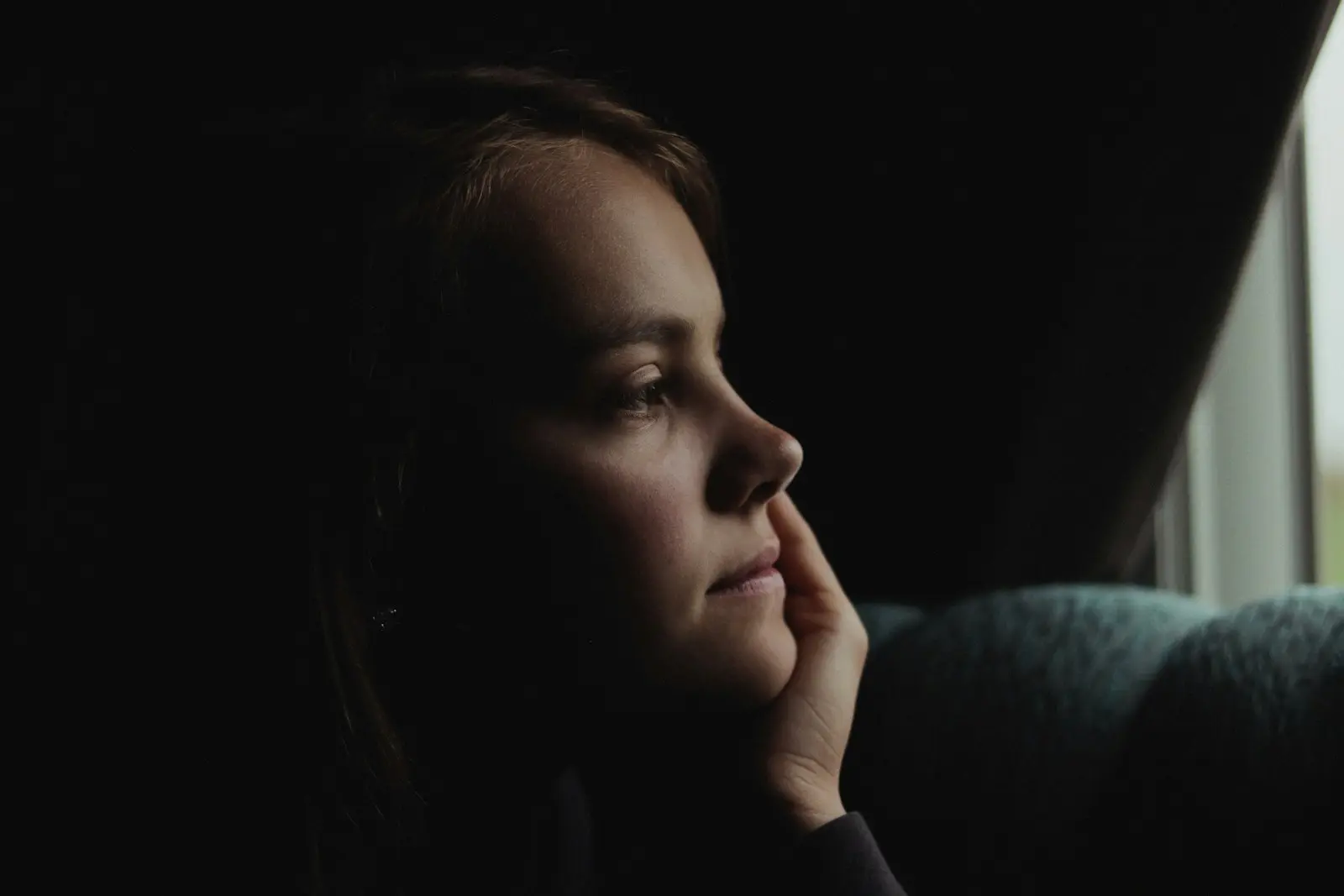Separation anxiety is the experience of excessive fear or distress about being apart from attachment figures such as parents, partners, or close caregivers.
While it is commonly associated with early childhood, separation anxiety can also affect adolescents and adults. Understanding how this condition manifests across different life stages supports early intervention and tailored psychological care.
Separation Anxiety in Children
In childhood, separation anxiety is a normal developmental phase, particularly between 6 months and 3 years of age. However, for some children, these fears persist beyond what is developmentally appropriate and may interfere with school attendance, social activities, and family routines. When these fears become severe and prolonged, a child may be diagnosed with Separation Anxiety Disorder (SAD).
Common signs in children include:
- Excessive distress when anticipating or experiencing separation
- Persistent worry about harm befalling a caregiver
- Refusal to attend school or sleep away from home
- Nightmares about separation
- Physical symptoms such as stomach aches or headaches when separation occurs
Children may also show clinginess, difficulty concentrating in school, or resistance to new situations without a familiar adult. These behaviours can place strain on family dynamics and may be misinterpreted as defiance or misbehaviour, highlighting the need for accurate understanding and support.
SAD is one of the most common anxiety disorders in childhood.. More insights can be found in child-specific guidance such as that by Developing Minds (Developing Minds).
Separation Anxiety in Adolescents and Adults
While less widely recognised, separation anxiety can also present in adolescents and adults. It may manifest as intense fear of being alone, excessive worry about loved ones, or difficulty functioning independently. For adults, this anxiety can interfere with work, relationships, and daily responsibilities.
In adults, separation anxiety may be linked to:
- Childhood experiences of anxiety or insecure attachment
- Life transitions such as moving away, relationship breakups, or the death of a loved one
- Co-existing mental health conditions such as depression or panic disorder
Adults with separation anxiety may experience:
- Difficulty making everyday decisions without reassurance
- Intense fear of being abandoned or left alone
- Overdependence in close relationships
- Trouble sleeping when alone or far from loved ones
Symptoms often resemble those seen in children, but with added emotional and relational complexities. Adults may also experience social withdrawal, chronic worry, or avoidance behaviours that impact their quality of life
Developmental Perspective
Understanding separation anxiety through a developmental lens helps clinicians and families recognise that while the core fear of separation remains constant, its expression changes over time. In younger children, the anxiety is typically more overt and behaviourally expressed, while in adults it may present as internalised distress or dependency in relationships.
A developmental approach also considers the impact of environmental factors, such as parenting style, early trauma, or inconsistent caregiving, on attachment security. As children mature, their cognitive abilities allow for more complex fears, such as imagining worst-case scenarios. In adults, unresolved childhood separation anxiety may resurface during major life stressors.
Interventions are most effective when they are age-appropriate and context-sensitive. For children, this might involve parental psychoeducation, school-based support, and graded exposure to separation. For adolescents, therapy may include emotional regulation, peer support, and strengthening identity outside of family roles. For adults, therapy may include cognitive techniques to address unhelpful thoughts, emotional regulation strategies, and exploring attachment patterns.
Treatment Approaches
- Cognitive Behaviour Therapy (CBT): Can be helpful for both children and adults in managing anxious thoughts and behaviours. CBT may assist individuals to challenge unrealistic fears and gradually face situations they avoid.
- Attachment-based interventions: Useful in addressing underlying relational dynamics that contribute to anxiety. These approaches are especially relevant for adults whose separation anxiety may stem from early attachment disruptions.
Resources such as those from Centre for Clinical Interventions (CCI), MindSpot, and Beyond Blue provide accessible tools and psychoeducation. These may include online modules, self-monitoring worksheets, and relaxation techniques, which complement therapy and offer flexible options for support.
Seeking Professional Help
At Strategic Psychology, our team of psychologists works with children, adolescents, and adults to assess and treat separation anxiety using developmentally informed, evidence-based methods. We understand the importance of tailoring interventions to individual life stages and support networks.
If you or a loved one is experiencing separation anxiety, contact Strategic Psychology to discuss tailored therapeutic options.
A supportive therapeutic environment can help individuals gain confidence, build independence, and develop healthier ways to connect with others.
Separation anxiety is a fairly common condition that affects individuals across the lifespan. By recognising the symptoms and seeking appropriate, developmentally tailored interventions, individuals and families can foster resilience and psychological wellbeing.
Reach out to Strategic Psychology for support in understanding and managing separation anxiety at any age.
References
- Australian Psychological Society (APS). Evidence-based psychological interventions. retrieved from: https://psychology.org.au/for-the-public/psychology-topics/evidence-based-psychological-interventions (accessed 10 June 2025).
- Developing Minds. Separation Anxiety Update. retrieved from: https://developingminds.net.au/articles-for-professionals/2020/7/14/children-anxious-about-not-being-with-parentscaregiversnbsp-prevalence-course-and-key-aspects-for-treatment (accessed 10 June 2025).
- Potentialz. Adult separation anxiety disorder. retrieved from: https://www.potentialz.com.au/post/the-hidden-struggle-understanding-adult-separation-anxiety-disorder (accessed 10 June 2025).
- Centre for Clinical Interventions (CCI). retrieved from: https://www.cci.health.wa.gov.au (accessed 10 June 2025).
- MindSpot Clinic. retrieved from: https://www.mindspot.org.au
